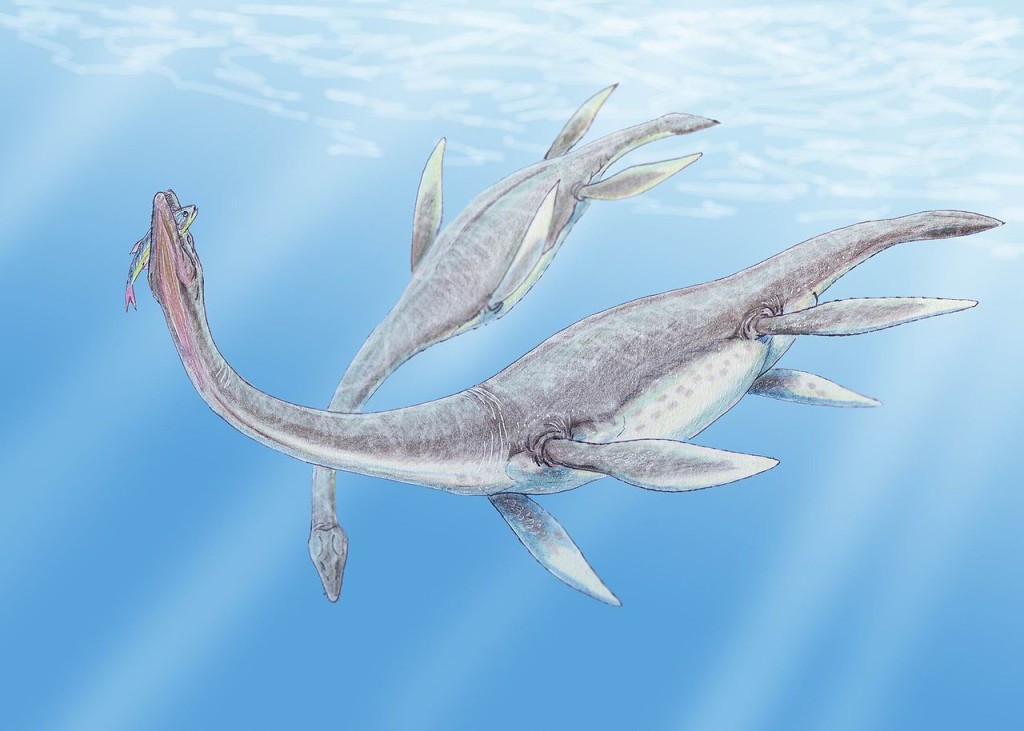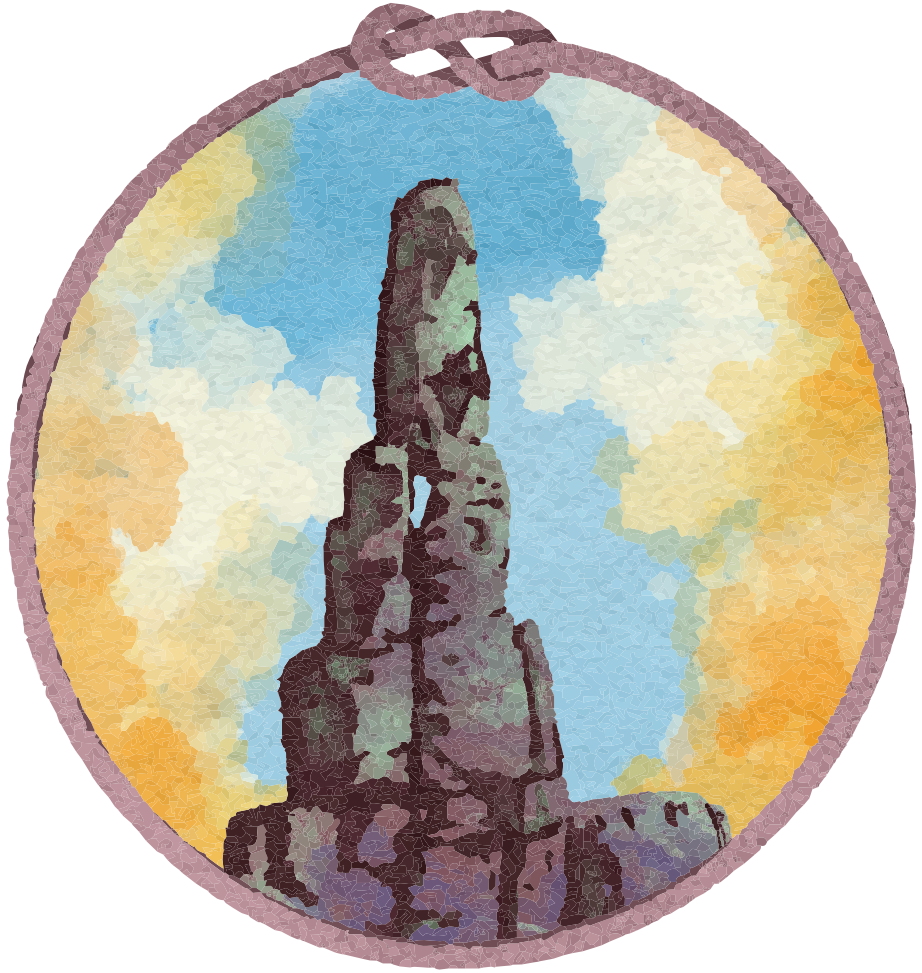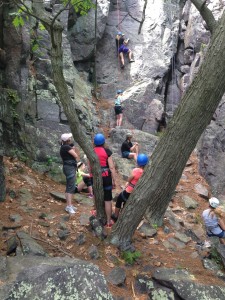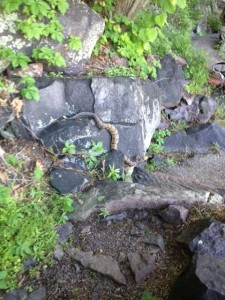
“Plesiosaurus 3DB” by Dmitry Bogdanov – dmitrchel@mail.ru. Link
Once our clients are geared up for rock climbing, we hike to the crag. To pass the time, we share a bit about the history of the lake, rock, and answer questions. A popular question is: Why is it named Devil’s Lake?
The answer comes in many forms including the Legend and Folklore of the Devil’s Lake Monster passed down for years. The Nakota Sioux and Ho-Chunk tribes used Devil’s Lake and Devil’s Lake State Park area, as a gathering place for centuries. The Ho-Chunk named the lake Day-wa-kun-chunk (or “Sacred Lake”) and the Nakota called it Minne-wau-ken (”Bad Spirit” or “Mystery Lake”).
How did it come to have such a reputation?
Years ago, there were reports of octopus-like sea creatures in the lake and Hairy Hominids (Big Foot) on land. My personal favorite story comes from the Nakota Sioux:
They claim that an expedition of young warriors and their leader were canoeing late at night. The lake was blackened and the full moon reflected off the water. An octopus-like creature with tentacles ripped through the water and tipped over the canoes. As the warriors screamed, others witnessed this horrible scene on the shore. All were lost.
The Nakota also report seeing a huge, fish like creature. The tribe described the large creature as having a long neck, small head and wide body.
To pay tribute to the creature, the Nakota held a festival every year. The tradition carries through to this day. Animals are no longer sacrificed (as they once were) – instead, it’s more of a picnic and celebration.
It’s very possible that this creature existed, say researchers. The Nakota description resembles the fresh water plesiosaur that found its way into the lake after the last Ice Age. Whatever the Devil’s Lake Monster is, or was, there haven’t been any confirmed sightings of the creature for some time!
If you would like to read more, here are some interesting reads and our references!
http://www.unknownexplorers.com/devilslakemonster.php
http://www.americanmonsters.com/site/2010/10/devils-lake-monsters-wisconsin-usa/
http://whoonew.com/2013/10/wisconsin-monsters/

 Those calloused pads get so numb we can’t tell if the rock is tearing them apart. Our digits get so numb that “sharp holds” don’t exist anymore. Our hands get so numb that the skin literally tears right off and we don’t notice until blood runs down our hand. And cuticles, forget those…
Those calloused pads get so numb we can’t tell if the rock is tearing them apart. Our digits get so numb that “sharp holds” don’t exist anymore. Our hands get so numb that the skin literally tears right off and we don’t notice until blood runs down our hand. And cuticles, forget those… We often see climbers at Devil’s Lake State Park from out of town. We love visiting with them and finding out more about where they are from, their local crag, and what brings them to our home crag.We also commonly exchange information on the area, including rock climbing etiquette.
We often see climbers at Devil’s Lake State Park from out of town. We love visiting with them and finding out more about where they are from, their local crag, and what brings them to our home crag.We also commonly exchange information on the area, including rock climbing etiquette.
 Bright and early last Thursday morning, four seasoned Apex guides were hiking up the CCC trail to set up a climbing site for a group of enthusiastic seventh graders from Roscoe Middle School. Low and behold… a three and a half foot timber rattler on the trail! The first guide and I stepped right over the snake without noticing it. Our group was split – with the two of us on one side and the others on the other side.
Bright and early last Thursday morning, four seasoned Apex guides were hiking up the CCC trail to set up a climbing site for a group of enthusiastic seventh graders from Roscoe Middle School. Low and behold… a three and a half foot timber rattler on the trail! The first guide and I stepped right over the snake without noticing it. Our group was split – with the two of us on one side and the others on the other side.